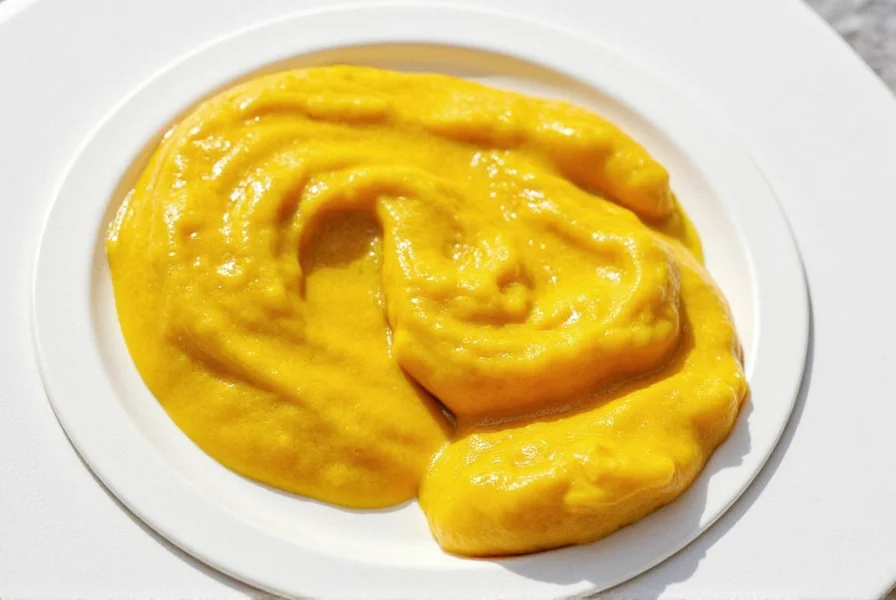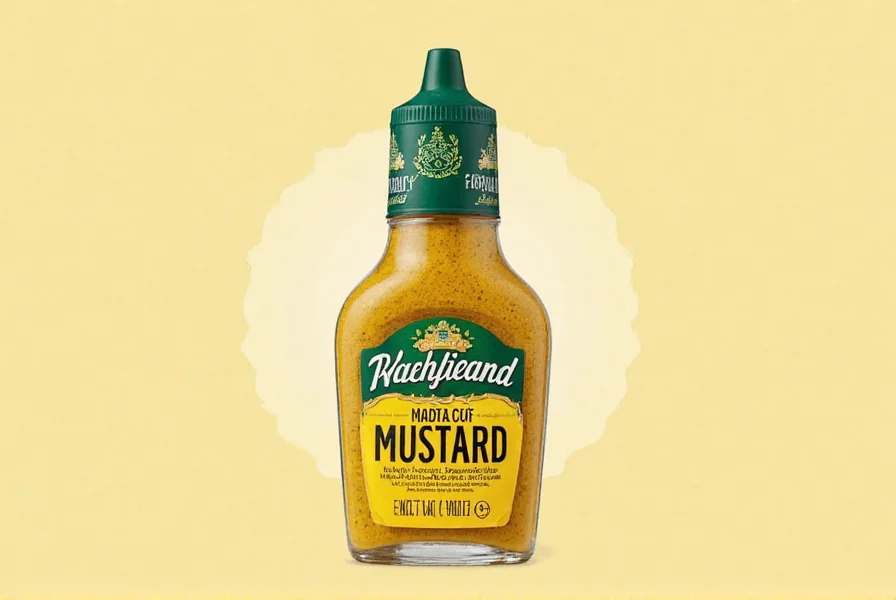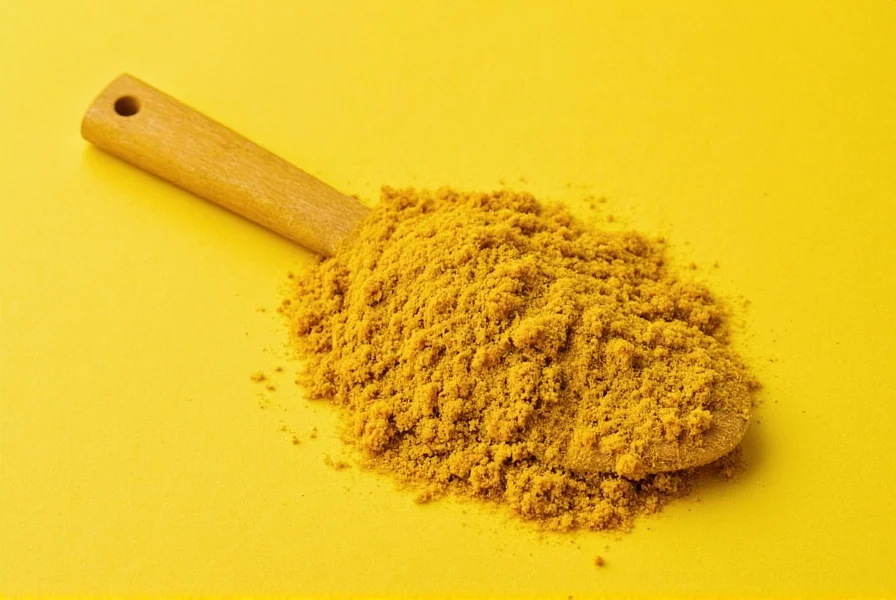Understanding what is a mustard requires examining both its basic composition and cultural significance. This globally beloved condiment transforms ordinary meals through its unique flavor profile that ranges from mild to intensely sharp depending on preparation methods and ingredients used.
The Essential Components of Mustard
At its core, mustard consists of three fundamental elements: mustard seeds, liquid, and acid. The seeds—which come in yellow/white, brown, and black varieties—contain myrosinase enzymes and glucosinolates that remain dormant until crushed and hydrated. When these components mix with liquid (typically water, vinegar, or wine), a chemical reaction occurs producing allyl isothiocyanate, the compound responsible for mustard's characteristic pungency.
The type of seed used dramatically affects the final product's heat level. Yellow mustard seeds create the mildest flavor, while black mustard seeds produce the most intense heat. Brown seeds fall somewhere in between, making them popular for Dijon-style mustards. The liquid component not only activates the flavor but also determines shelf stability—vinegar-based mustards last longer than those made with water or wine.
Historical Development of Mustard
The history of mustard stretches back to ancient civilizations. Archaeological evidence shows that the Indus Valley civilization used mustard seeds as early as 3000 BCE. The Romans combined crushed mustard seeds with grape juice (mustum ardens, meaning "burning must") to create "burning wine"—the origin of the word "mustard." During medieval Europe, monks perfected mustard production, with Dijon, France becoming a renowned center for mustard making by the 13th century.
Commercial mustard production began in 18th century France when Maurice Grey started mechanized production. The introduction of turmeric gave American yellow mustard its distinctive color in the early 20th century, making it the most recognizable mustard variety in the United States today. Understanding what is mustard historically reveals how this simple condiment evolved from ancient spice to global pantry staple.
Major Mustard Varieties Worldwide
What gives mustard its diverse flavor profiles across different cultures? The answer lies in regional variations of preparation and ingredients. Here's a comparison of major mustard types:
| Type | Key Characteristics | Origin | Common Uses |
|---|---|---|---|
| Yellow Mustard | Mild, bright yellow from turmeric | United States | Burgers, hot dogs, ballpark fare |
| Dijon Mustard | Sharp, tangy, no whole seeds | France | Dressings, sauces, gourmet cooking |
| Whole Grain Mustard | Visible seeds, complex texture | France/Germany | Charcuterie, sandwiches, marinades |
| Spicy Brown Mustard | Medium heat, coarsely ground | United States | Bratwursts, pretzels, deli sandwiches |
| Honey Mustard | Sweet and tangy combination | Global fusion | Dips, salad dressings, glazes |
The Science Behind Mustard's Flavor Transformation
One fascinating aspect of what is mustard involves the precise chemistry that creates its signature heat. When mustard seeds are crushed and mixed with liquid, the enzyme myrosinase breaks down glucosinolates into isothiocyanates—the compounds responsible for that familiar sinus-clearing sensation. The temperature and pH of the mixing liquid dramatically affect this reaction:
- Cold liquids (below 150°F/65°C) preserve maximum heat
- Acidic liquids like vinegar slow the enzymatic reaction, creating milder mustard
- Warm liquids deactivate the enzymes, resulting in less pungent mustard
- Allowing the mixture to rest for 10-15 minutes before adding acid maximizes heat
This scientific understanding explains why homemade mustard often tastes different from commercial varieties—the precise timing and temperature control during production significantly impact the final flavor profile.
Nutritional Profile and Health Considerations
When exploring what is mustard from a nutritional perspective, it's noteworthy that pure mustard contains minimal calories (approximately 5-15 calories per teaspoon) and virtually no fat. Mustard seeds themselves are rich in selenium, magnesium, and omega-3 fatty acids. The condiment offers several potential health benefits:
- Natural anti-inflammatory properties from compounds like sinigrin
- Potential metabolism-boosting effects
- Antimicrobial properties that may help preserve foods
- Low sodium content compared to many other condiments (when prepared without added salt)
However, commercially prepared mustards often contain added sugars, preservatives, and higher sodium levels, so checking labels is advisable for those monitoring specific dietary components. Understanding what is in mustard helps consumers make informed choices about which varieties best suit their nutritional needs.
Global Culinary Applications
The versatility of mustard extends far beyond the sandwich. In Indian cuisine, black mustard seeds are tempered in oil to release their nutty flavor in dishes like dal. Japanese cuisine features karashi, an intensely hot mustard often served with tonkatsu. In Scandinavia, sweet mustard accompanies traditional dishes like kålpudding (cabbage pudding). Even in unexpected applications, mustard serves as:
- An emulsifier in vinaigrettes and mayonnaise
- A meat tenderizer in marinades
- A flavor enhancer in cheese sauces and soups
- A key ingredient in barbecue sauces and glazes
Professional chefs often use mustard as a "secret ingredient" to add depth to dishes without overwhelming other flavors—a technique that demonstrates the sophisticated understanding of what is mustard in culinary arts.

Modern Innovations in Mustard Production
Contemporary food science has expanded what is mustard beyond traditional preparations. Artisan producers now experiment with unusual ingredients like craft beer, exotic vinegars, and locally-sourced honey. Molecular gastronomy techniques have created mustard airs and foams for high-end dining. Some notable innovations include:
- Freeze-dried mustard powder that maintains freshness longer
- Organic and non-GMO certified varieties meeting modern consumer demands
- Regionally-specific mustards highlighting terroir, similar to wine
- Low-sodium and sugar-free options for health-conscious consumers
Despite these innovations, the fundamental process of making mustard remains largely unchanged for centuries—demonstrating the enduring appeal of this simple yet complex condiment.

Understanding Mustard Labels and Quality Indicators
When selecting mustard, certain labeling terms provide valuable information about what is in your mustard:
- "Stone-ground" indicates traditional milling that preserves more flavor compounds
- "Unfiltered" means the mustard contains sediment from the seeds
- "Organic" certification ensures no synthetic pesticides were used
- "No added sugar" specifies a cleaner ingredient profile
- "Traditional preparation" suggests minimal processing
Reading labels carefully helps consumers understand exactly what is mustard in each specific product, allowing them to select varieties that match their flavor preferences and dietary requirements.
Frequently Asked Questions
What exactly is mustard made from?
Mustard is made from ground mustard seeds (yellow, brown, or black varieties) combined with liquid (typically water, vinegar, or wine), salt, and often additional flavorings like turmeric, garlic, or honey. The pungent flavor develops when enzymes in the crushed seeds react with the liquid to produce allyl isothiocyanate.
Why does mustard have such a strong, sharp flavor?
Mustard's characteristic sharpness comes from chemical compounds called glucosinolates in the seeds. When seeds are crushed and mixed with liquid, an enzyme called myrosinase breaks down these compounds into isothiocyanates, particularly allyl isothiocyanate, which刺激 nasal passages and creates that familiar sinus-clearing sensation. The heat level depends on seed type, liquid temperature, and pH.
What's the difference between Dijon mustard and yellow mustard?
Dijon mustard uses brown or black mustard seeds with white wine instead of vinegar, creating a sharper, more complex flavor without the bright yellow color. Yellow mustard uses milder yellow mustard seeds, vinegar, and turmeric for color, resulting in a smoother, more uniform flavor profile that's become standard for American hot dogs and burgers.
Does mustard expire or go bad?
Properly stored mustard has an exceptionally long shelf life due to its acidic nature. Unopened mustard typically remains safe to consume for 2-3 years past the expiration date. Once opened, most mustards stay fresh for 1-2 years when refrigerated. Signs of spoilage include mold growth, significant color changes, or off odors. The vinegar content acts as a natural preservative, making mustard one of the most stable condiments.
Is mustard considered a healthy condiment?
Compared to many condiments, mustard is relatively healthy—it's low in calories (about 5-15 per teaspoon), contains no fat, and has minimal sugar in its pure form. Mustard seeds provide selenium, magnesium, and beneficial compounds with potential anti-inflammatory properties. However, some commercial varieties add significant sugar, salt, or preservatives, so checking labels is recommended for those monitoring specific dietary components.











 浙公网安备
33010002000092号
浙公网安备
33010002000092号 浙B2-20120091-4
浙B2-20120091-4